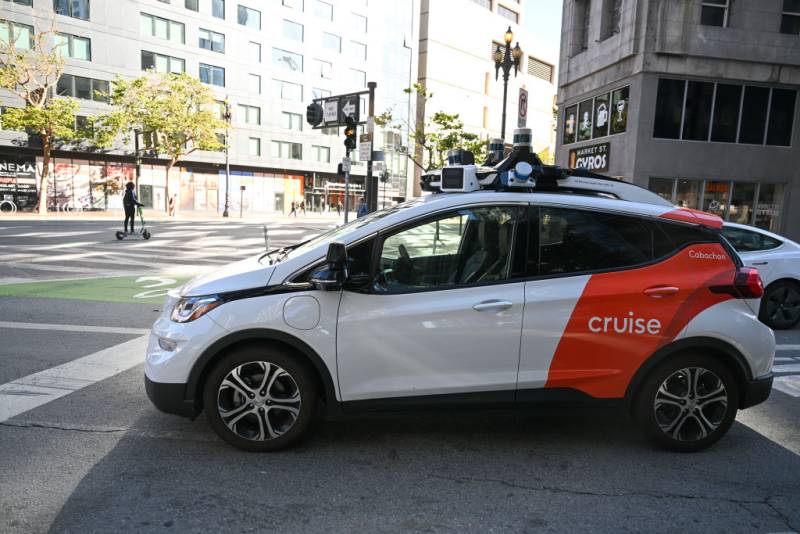General Motors’ Cruise autonomous vehicle unit has agreed to cut its fleet of San Francisco robotaxis in half as authorities investigate two recent crashes in the city.
The state Department of Motor Vehicles asked for the reduction after a Cruise vehicle without a human driver collided with an unspecified emergency vehicle on Thursday.
“The DMV is investigating recent concerning incidents involving Cruise vehicles in San Francisco,” the DMV said Saturday in a statement to The Associated Press. “Cruise has agreed to a 50% reduction and will have no more than 50 driverless vehicles in operation during the day and 150 driverless vehicles in operation at night.”
